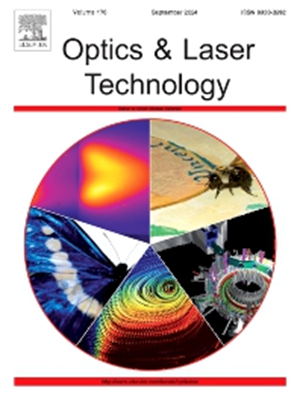LInear Optimization of Neurons (LION) for computational photography augmentation
IF 4.6
2区 物理与天体物理
Q1 OPTICS
引用次数: 0
Abstract
Imaging in complex lighting conditions such as low light and underwater scenarios remains challenging. Computational photography algorithms can enhance image quality in complex environments. However, conventional methods may suffer from imprecise models or priors, while deep learning ones face limitations in data-unaccessible scenarios. To address these challenges, we present a generalized augmenting technique for computational photography, termed Linear Optimization of Neurons (LION), designed to perform case-specific optimization while maintaining the network’s structure and weights. We deeply investigated the robust semantic constraints on the deep feature domain and found that linear transformations of pre-trained convolutional neural network (CNN) features can enhance the quality of output images without necessitating modifying network architecture. Building upon this finding, we developed a generalized workflow to augment both conventional and deep learning methods. We first fit the encoder–decoder CNN to output the pre-reconstruction from an off-the-shelf method. Then, fixing the network weights, we optimize the linear combinations of features using a generalized color and texture regularization to further enhance the output image quality. A series of experiments on various public datasets confirmed the effectiveness of this technique, particularly in underwater and low-light imaging scenarios.
求助全文
约1分钟内获得全文
求助全文
来源期刊
CiteScore
8.50
自引率
10.00%
发文量
1060
审稿时长
3.4 months
期刊介绍:
Optics & Laser Technology aims to provide a vehicle for the publication of a broad range of high quality research and review papers in those fields of scientific and engineering research appertaining to the development and application of the technology of optics and lasers. Papers describing original work in these areas are submitted to rigorous refereeing prior to acceptance for publication.
The scope of Optics & Laser Technology encompasses, but is not restricted to, the following areas:
•development in all types of lasers
•developments in optoelectronic devices and photonics
•developments in new photonics and optical concepts
•developments in conventional optics, optical instruments and components
•techniques of optical metrology, including interferometry and optical fibre sensors
•LIDAR and other non-contact optical measurement techniques, including optical methods in heat and fluid flow
•applications of lasers to materials processing, optical NDT display (including holography) and optical communication
•research and development in the field of laser safety including studies of hazards resulting from the applications of lasers (laser safety, hazards of laser fume)
•developments in optical computing and optical information processing
•developments in new optical materials
•developments in new optical characterization methods and techniques
•developments in quantum optics
•developments in light assisted micro and nanofabrication methods and techniques
•developments in nanophotonics and biophotonics
•developments in imaging processing and systems

 求助内容:
求助内容: 应助结果提醒方式:
应助结果提醒方式:


